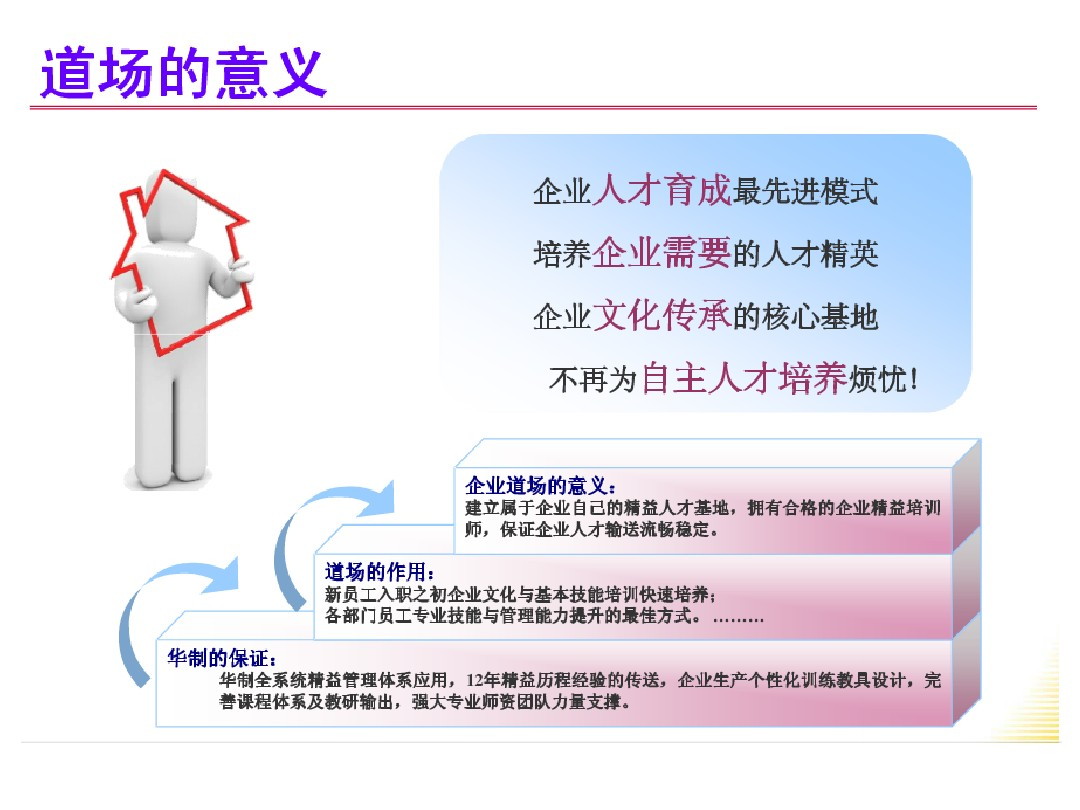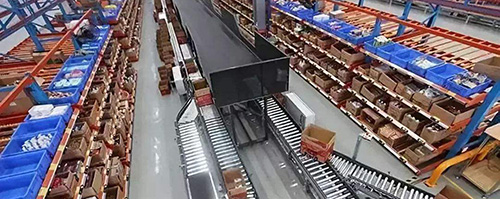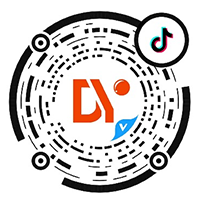
(Lean Dojo) combines the status quo of Chinese enterprises, enriching the training modes of practical operation, training, problem solving, program discussion, and on-site simulation, so that the teaching work is changed from the previous training to the practical simulation and practical experience. .
Toyota Eiji said: "Talent is the key to the business [1] camp, and talent determines the rise and fall of the company." The Dojo originates from Toyota and is an important carrier for its talent cultivation. It is widely used in Toyota factories and their partners around the world. It has also been widely used by many Fortune 500 companies such as Boeing and Samsung. Known as the "cradle" for the cultivation of corporate talents, it is a "corporate college" that inherits corporate philosophy and systematically cultivates corporate talents.
Dojo effect
iterally, Tao has the meaning of "rules, laws, standards". The core idea of the dojo: through the realization, experience and training of the dojo, to achieve the harmonious unity of the three aspects of mind, technology and body, that is, to understand the theory of lean thought, practice Lean rules, experience lean standards. Therefore, the Dojo is a place to learn and practice, to understand the practice of corporate management, and to be the cradle of corporate training talents.
Understand the significance of the establishment of lean dojo
1. Expanding the concept of lean thinking and cultivating lean talents for enterprises;
2. Provide a platform for the promotion of talent career path;
3. New employees can master operational standards and familiarize themselves with the workflow through the dojo;
4. Functional departments can sort out, design, and practice business management through the dojo.
Distinguish between lean dojo training and general training
General training:
1. Limited to knowledge, acquisition of skills;
2. Have a certain idea to inspire and share knowledge and skills;
3. The need to combine the status quo and practice of the enterprise and solve the problem is not achieved, that is, the use of knowledge and skills cannot be achieved and the problem is solved.
Lean Dojo Training:
1. Integrate training, combat, simulation and experience into one;
2. To truly comprehend knowledge, master skills, inspire thinking, apply what is learned, and solve problems to promote enterprise development;
3. The talents who go out of the dojo are not only theoretical experts, but also lean experts.
Defining the main points of lean dojo design
1.Object
Mainly based on field application, the trainees take care of high, middle and grassroots personnel.
2.Purpose
Through training and time (including theoretical courses and application operation courses), different levels of personnel have the relevant work ability, more in line with the relevant job requirements, while improving the career promotion channel, building a good talent development system, and continuing to train the talents of the enterprise demand, for the enterprise Long-term development lays a solid foundation.
3.Module
a. Concept dojo: philosophy, cultural education;
b. Simulating the dojo: starting from safety/quality, production, etc.;
c. The actual operation of the dojo: from the actual operation level of the enterprise operation;
d. Training the dojo: induction training, pre-job training, professional skills, management concepts and methods.
4.Curriculum system
a.Middle and high level: concept, culture, purpose meaning, method, tool, case;
b.Grassroots: TWI, seven tasks of the team, cases, professional skills, drills, etc.
5. Training system
a. Instructor team protection: lecturer qualification assessment, lecturer source channels, subsidies, etc.;
b. Training; clear process: training, examination, actual combat, summary, release, and solidification.
6. Hardware import
a. Plane layout planning, equipment layout, tool setting, display management board design;
b. Dojo layout concept.











